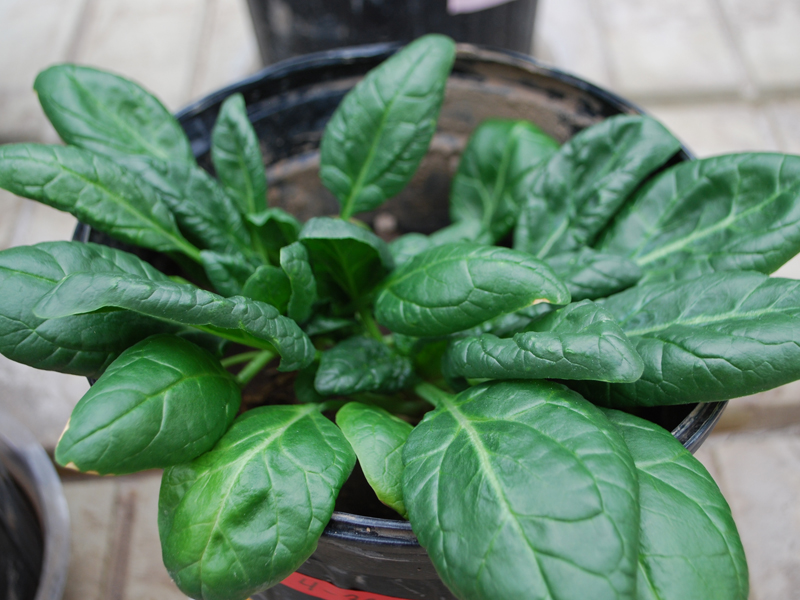Soil amendments for healthier spinach
October 4, 2017 - Kaine Korzekwa
Soils keep plants healthy by providing plants with water, helpful minerals, and microbes, among other benefits. But what if the soil also contains toxic elements?
 In areas like Salinas Valley, California, the soils are naturally rich in the element cadmium. Leafy vegetables grown in these soils can take up the cadmium and become harmful to humans. What to do? The solution goes back to the soil. Adrian Paul, a former researcher now working in the Sustainable Mineral Institute in Brisbane, Australia, is working to find which soil additives work best.
In areas like Salinas Valley, California, the soils are naturally rich in the element cadmium. Leafy vegetables grown in these soils can take up the cadmium and become harmful to humans. What to do? The solution goes back to the soil. Adrian Paul, a former researcher now working in the Sustainable Mineral Institute in Brisbane, Australia, is working to find which soil additives work best.
Cadmium appears in very low levels or in forms that prevent contamination in soils across the world. However, some soils, like those in this California study, naturally have more than others. It can result from the erosion of local rock formations. In some instances, it’s present due to human activity. Metal processing, fertilizer or fossil fuel combustion, for example, can leave cadmium behind.
Cadmium may decrease people’s kidney function and bone density. As a result, international guidelines set safety limits on cadmium found in food. Growers with otherwise fertile fields need to grow food within these safe levels. Their livelihood depends on it.
“Our research aims to protect local producers and consumers by lowering the cadmium in vegetables. This gives producers the ability to grow safe, profitable crops,” Paul says. “Consumers need to be able to safely eat what the farmers grow.”
Paul worked with four additives: zinc and manganese salts, limestone, and biosolids compost. (Biosolids are nutrient-rich organic materials from sewage processed at a treatment facility. They are typically used to improve soil’s physical and chemical characteristics and fertilize the soil.)
Although each works in a slightly different manner, the soil amendments generally solve the cadmium problem in two ways. They can prevent the passage of cadmium from the soil to the plant by offering competing nutrients. They can also chemically alter the cadmium so it is unavailable.
The researchers found that a combination of compost, zinc, and limestone brought the levels of cadmium in spinach down to nontoxic levels. The next step in this work is to better determine the ideal combination of the soil amendments. Researchers also want to study vegetables besides spinach, and other elements.
“Farmlands provide for us all,” Paul says. ”Rehabilitating agricultural fields, by removing heavy metals like cadmium, means healthier soils and healthier food.”
For this research, Paul worked with Rufus Chaney and his team. Read more about this study in the Journal of Environmental Quality. This research was done in collaboration with researchers at the USDA Agricultural Research Service.
